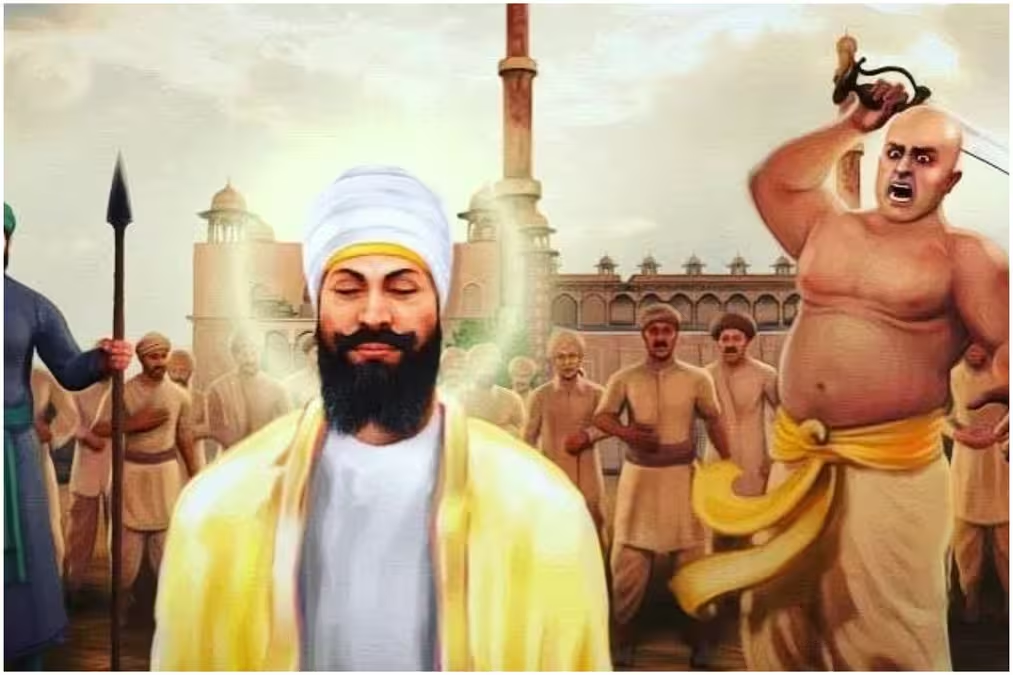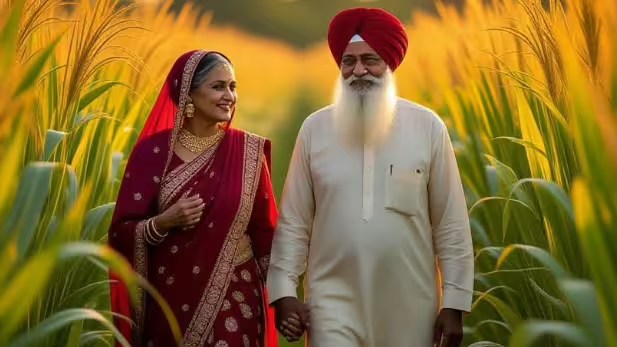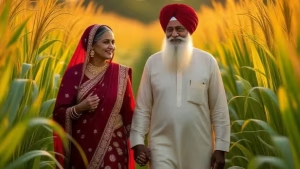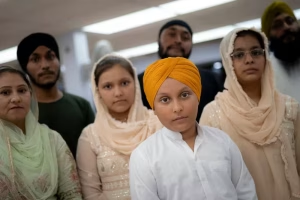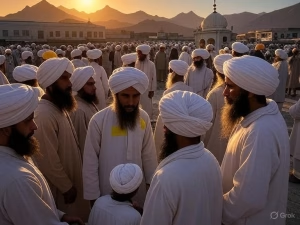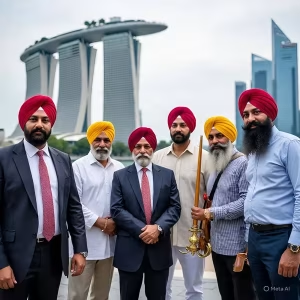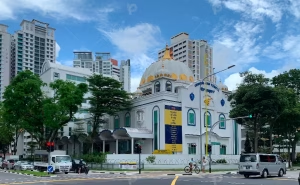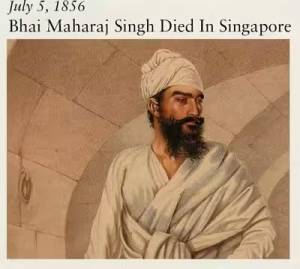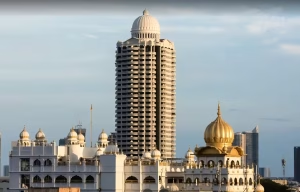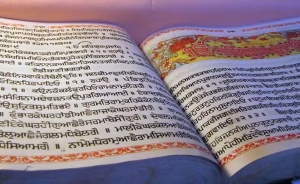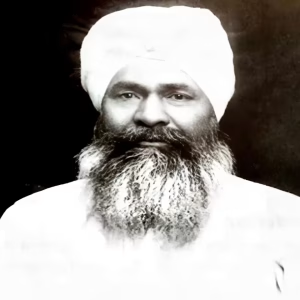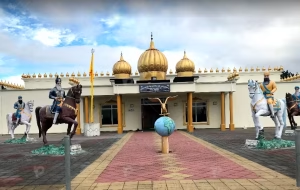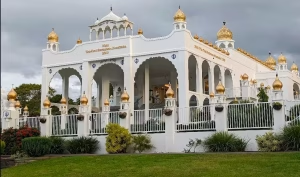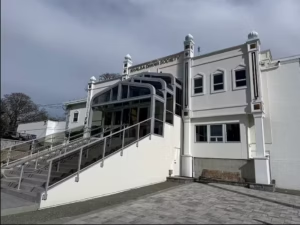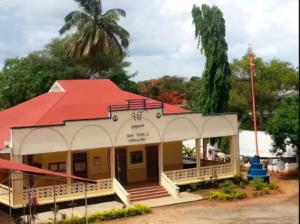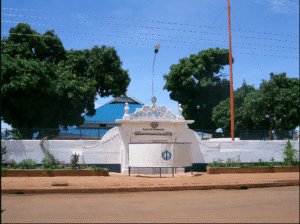Sikhs in Malaysia: A Tapestry of Courage, Faith, and Unyielding Spirit
Welcome to Global Sikhi Wiki, your comprehensive resource for exploring Sikh history, culture, and global communities. Today, we delve into the vibrant story of Sikhs in Malaysia
–Imagine the humid air of colonial Malaya in the late 19th century, where the distant call of the azan mingled with the rhythmic clang of tin mines. Into this vibrant mosaic stepped the Sikhs—fierce warriors from Punjab, drawn not by conquest, but by duty and destiny. For over 150 years, the Sikh community in Malaysia has woven its story into the nation’s fabric, a saga of humble beginnings, heart-wrenching trials, soaring triumphs, and sacred sanctuaries that echo the eternal Waheguru. As a fellow seeker of Sikhi’s light, join me on this journey through time, where every langar shared and every ardas whispered reminds us: Nanak naav chalda, sach lekh man aae (“Nanak’s name is prevailing, truth is written in the mind“)—truth prevails through unwavering faith. sikhnet.com
Regular Sikh migration to Malaya (now Malaysia) started in 1873. Some of the earliest settlers from the Sikh community who came to Malaysia were policemen. After the migration, they built the first Malaysian gurudwara in 1873. It was established inside police lines in Fort Cornwallis. The first public Sikh gurudwara was set up in 1903 in the Penang state of Malaysia. By the 1920s, migration surged, dominated by Jat Sikhs seeking stability amid Punjab’s turmoil. Entire families uprooted, crossing oceans in cramped ships, leaving behind fertile fields for rubber plantations and railway lines. Men like Baba Sham Singh, a legendary granthi whose life bridged eras, arrived as laborers but planted seeds of community. They built homes from attap roofs, shared kada prasad under starlit skies, and taught their children the Mool Mantar amid the rustle of palm fronds. Today, with 100,000–130,000 Sikhs forming the fourth-largest Indian ethnic group, their legacy is a testament to Guru Nanak’s vision: from migrants to Malaysians, forever khalsa in heart
Forged in Fire: The Unseen Struggles for Survival
No Sikhi tale is complete without the crucible of adversity, and the Malaysian Sikh journey is etched with such trials. Post-independence in 1957, the protective colonial umbrella vanished, leaving the community vulnerable in a newly sovereign Malaysia. Suddenly, Gurdwaras faced land disputes, and the right to wear the kesh and kara was tested in courts and streets. The 1980s brought the infamous “turban ban” attempts in schools and public service, echoing the Guru’s own defiance against tyranny—yet many young Sikhs whispered ardas in hidden corners, refusing to clip their crowns. tandfonline.com
Deeper wounds festered within: the fading lilt of Punjabi on youthful tongues, the ache of mixed marriages diluting Sikhi’s flame, and the shadow of identity erosion in a multicultural whirlwind. Diaspora blues struck hard—grandparents’ hugs missed across continents, fueling anxiety among the youth. Weak leadership in Gurdwaras sometimes splintered unity, and economic shifts from plantations to urban hustle tested seva’s spirit. Yet, like Bhai Taru Singh’s unyielding scalp, they endured. Community jathas rallied, Punjabi classes bloomed in community halls, and interfaith dialogues bridged divides. These struggles? Not chains, but chisels—sculpting a resilient sangat that reminds us: Jab lag jive sikh sacha, tab lag jive sachi Sikhni—true Sikhs thrive through truth.
There are several studies done specifically on the Sikh community and their socio-cultural and socio-economic issues. One of the major studies, done by Serjit Sahib Singh in 1992 reveals that the community is facing uphill task to retain their culture identity surrounded by other bigger and dominant communities. The scholar also argued the upcoming generation is weak and vulnerable in terms of culture and religion. Someeta Kaur Sidhu (1996) also agreed that the community is not strong as a unit. The Sikh people also could not cope with the rapid socio-economic development of the country and feel that the religious teachings are not practical. The fading of cultural and religious belief and practise can lead the younger generation to many social ills.
“Tobacco is not illegal for me. I do not go to Gurdwara nowadays. How to face the God when I smoke? (smiling). I thing no problem if I do not pray but I can’t stop taking weed and beer” (personal communication, Minderjit Singh, 33 years old)”.
Another Statement: “My father is very strict… My brother is just wearing a turban to make my father happy…Due to the strictness in my family my siblings do not tell and inform anything about their life to my parents,” says one 39-old female Sikh respondent. The paper was published in the Asian Culture and History (Vol. 7, No. 2; 2015) published by Canadian Center of Science and Education. asiasamachar.com
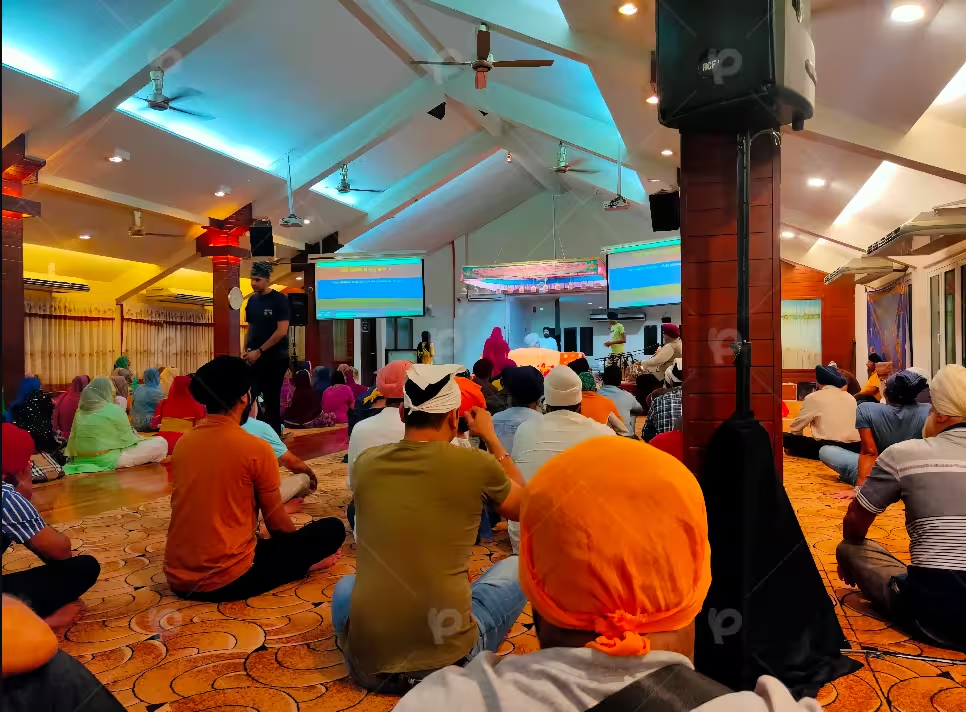
Lions Roaring: Achievements That Echo Guru's Grace
From the watchman’s whistle to the boardroom’s gavel, Malaysian Sikhs have roared as nation-builders, their contributions as vast as the Malacca Strait. In the colonial era, they were the unbreakable spine of law enforcement—Sikh constables quelled riots, guarded treasures, and even faced Japanese invaders in World War II with bir ras blazing. Post-war, their valor earned stripes: three Brigadier Generals in the armed forces, including legends who fortified Malaysia’s defenses. sikhnet.com , asiasamachar.com
But Sikhi shines beyond uniforms. Dr. Pola Singh, Director-General of Marine Enforcement, steered seas with ethical might; others pioneered rubber estates, turning green frontiers into economic lifelines. In business, Sikh entrepreneurs like the founders of Lion Group built empires from humble kirpan-forged resolve. Educationally, they lit torches—Sikh teachers and principals shaping minds in mission schools, while professionals in medicine and law embodied sarbat da bhala. Even in arts, the dhol’s beat pulses in multicultural festivals, and Sikh women lead NGOs, championing equality as Guru Gobind Singh envisioned. These aren’t mere milestones; they’re hukam fulfilled—proof that a handful of faithful can move mountains. List of eminent Sikhs of Malaysia
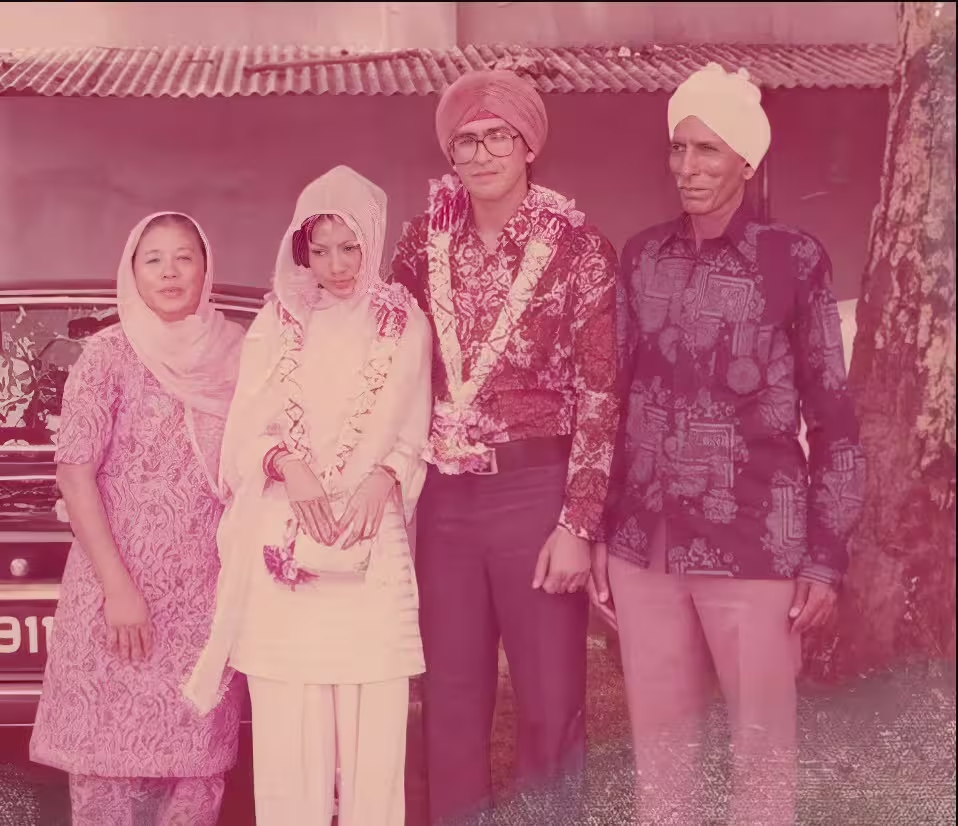
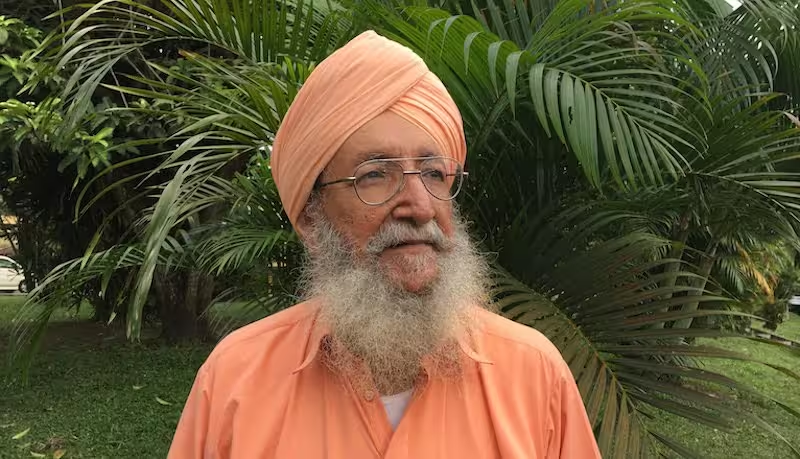


Sanctuaries of the Soul: Gurdwaras as Beacons of History
No Sikh heart beats without the Gurdwara’s hum—the golden domes where history kneels before the Guru Granth Sahib. Malaysia boasts over 100 such jewels, each a chapter in resilience. The pioneer? Gurdwara Penang, erected in 1903 amid British barracks, its walls whispering of langars fed to miners and soldiers alike. malaysia-traveller.com , sikhnet.com
Venture to Gurdwara Sahib Mantin in Negeri Sembilan, the state’s eldest (circa 1890s), where attap-thatched prayers evolved into majestic marble halls—a living museum of seva. In Kuala Lumpur, Gurdwara Sahib Sentul stands as a colonial-era sentinel, its architecture blending Mughal arches with Rajput flair, hosting Vaisakhi melas that draw thousands in ecstatic kirtan. Don’t miss Gurdwara Kaula Pilah (1937), a hilltop haven built by tireless hands, or the unique Gurdwara Mata Sahib Kaur Ji in Jinjang, honoring the Guru’s mother with floral chauris swaying in the breeze. These aren’t just buildings; they’re portals—where pioneers’ spirits linger in every palki procession, urging us to simran amid the modern allaboutsikhs.com
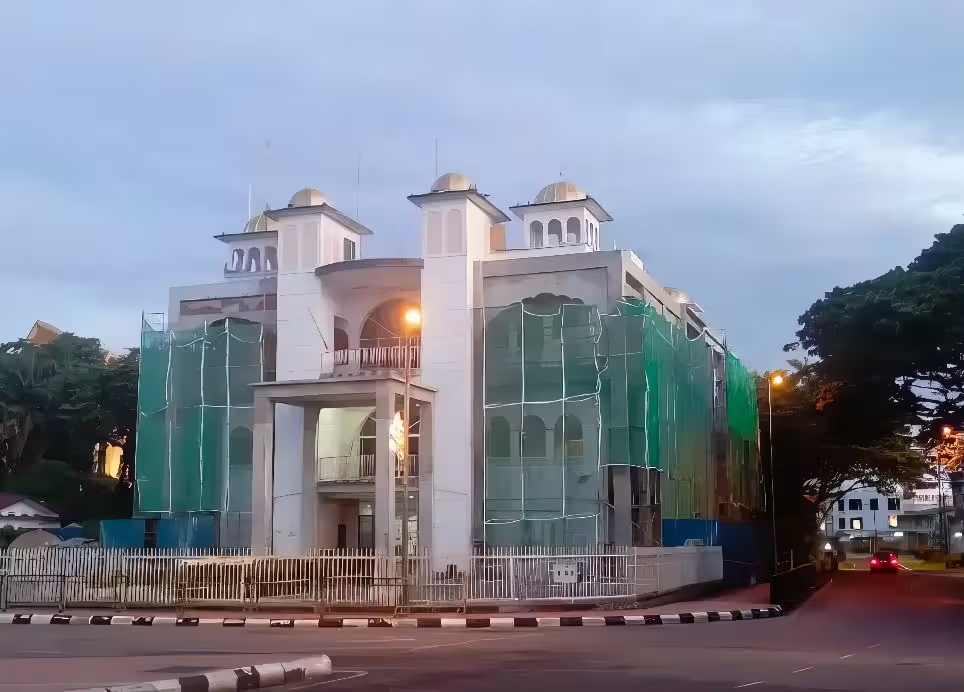
The Gurdwara Sahib Kuching was established by Sikh police officers who arrived in Sarawak during the British colonial period. The current temple on Jalan Masjid, notable for its golden dome, was opened in 1982 to replace the original wooden structure
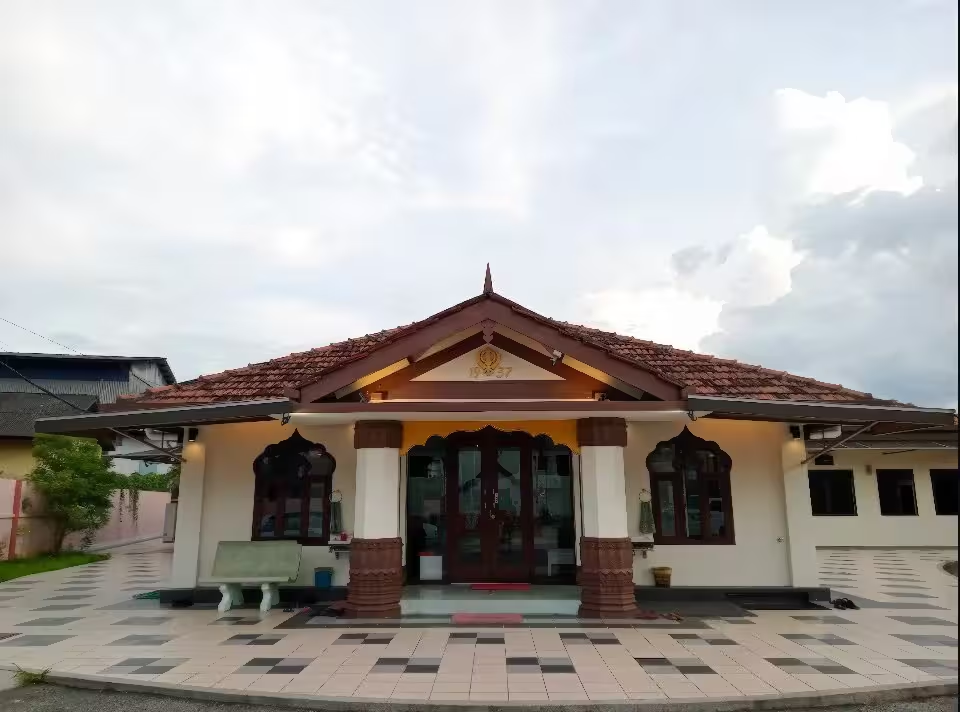
Gurdwara Sahib, Kuala Pilah. The first Gurdwara Sahib in Kuala Pilah was built between 1908 and 1910 by early Sikh migrants, who were primarily employed in the police force, tin mines, and dairy farming.The original Gurdwara was a simple structure with wooden walls and a zinc sheet roof.Sikh community members, came together to expand and renovate the gurudwara. The new design of the gurudwara was based on that of Gurdwara Sahib Mantin. It was opened in 1937 with Akhand Paath (reading and completing the holy Guru Granth Sahib Ji in 48 hours).
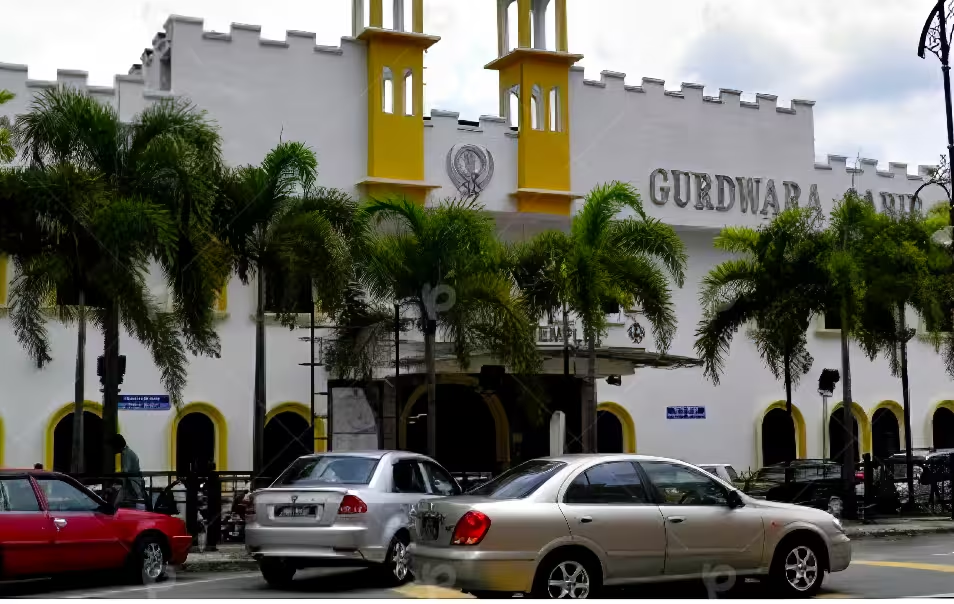
Gurdwara Sahib, Johor Bahru,Malaysia. The present site was gazetted as temple reserve land in 1921 upon which the Sikhs constructed their first Gurdwara.During the Second World War, the Sikhs were expelled from Johor Bahru In 1957, the second Gurdwara building was constructed.The present gurdwara sahib was completed and opened to the public in 1992.
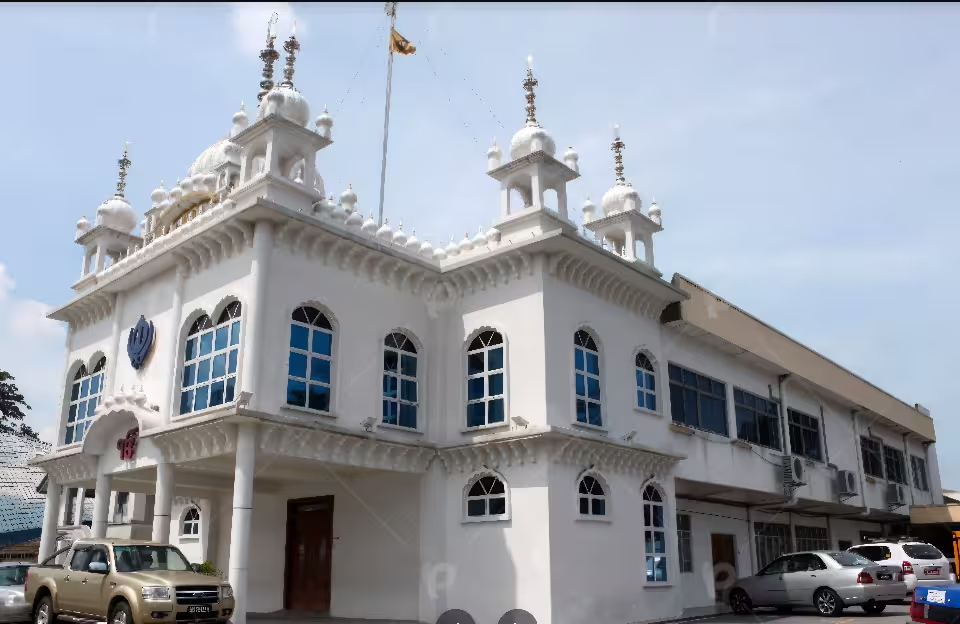
Gurudwara Sahib Jalan Sungei Besi,Kuala Lumpur. In the early 1930s, there were a few Sikh families who worked as watchmen (security personnel) in the various Engineering Workshops situated in Jalan Chan Sow Lin and the Jalan Sungei Besi area. In June 1937, these Sikhs repaired and converted an old empty house in Jalan Dua off Jalan Chan Sow Lin into their first Sikh Gurdwara in this area.In early 1996, the 1969 building was demolished to make way for the current gurdwara building, a two-story brick structure with a tiled roof.

Darbar Sri Guru Granth Sahib Ji, Malaysia. The first Malaysian gurdwara was established in 1873 inside the police lines at Fort Cornwallis, Penang.It later acquired bungalows and constructed a new double-storey building between 1969 and 1972. The institution is known for its active role in Dharam Parchar (preaching Sikh principles), importing religious materials, and engaging in charitable activities, such as donating ambulances.
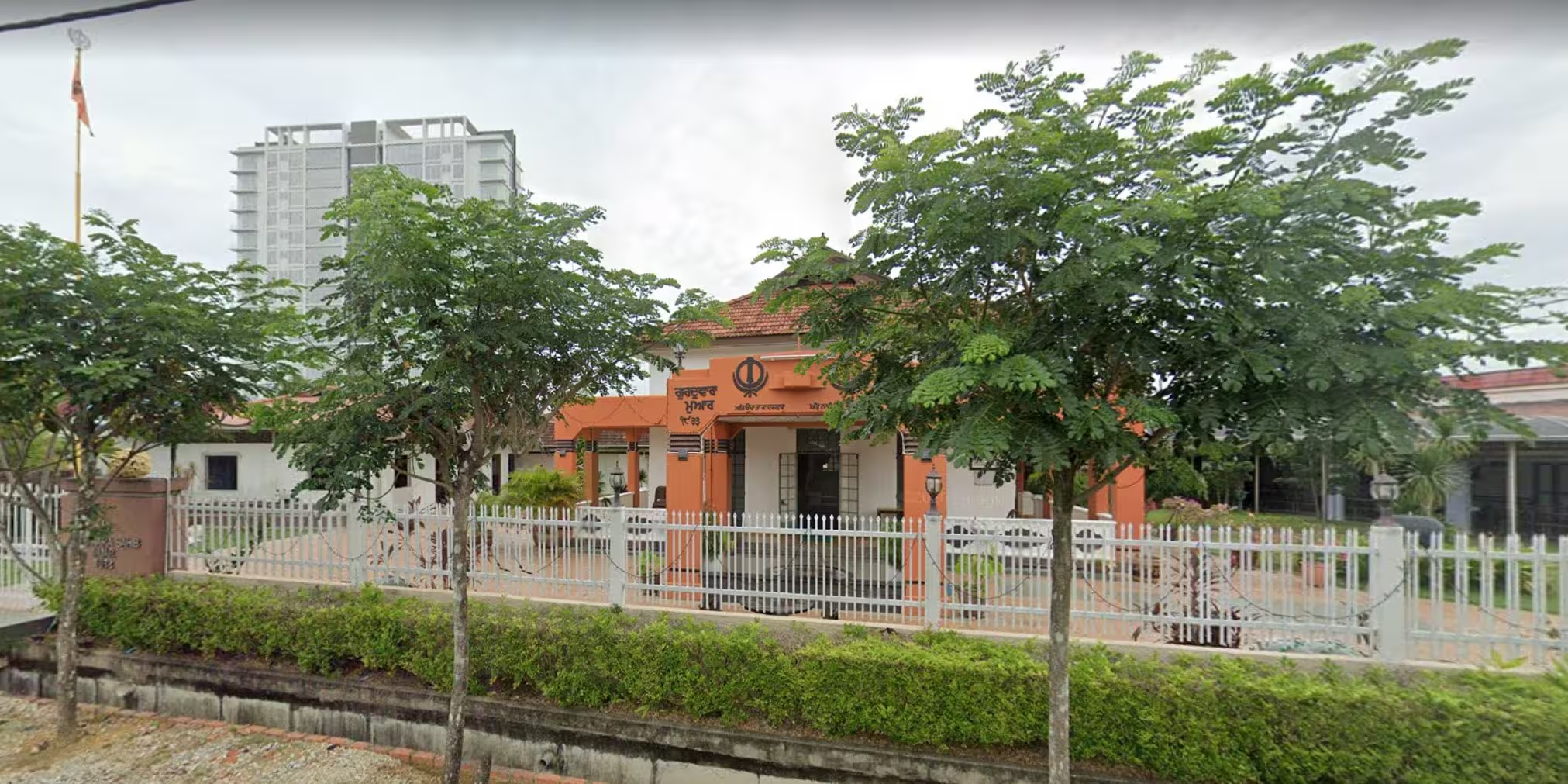
Gurdwara Sahib Muar was officially opened on 3 March 1933, serving the religious needs of the Sikh community, many of whom were police personnel in the area. The current building was extensively renovated in 1982, with a Golden Jubilee celebration held in April 1983
A Legacy That Calls Us Home
Dear Sikhni and Singh, as the sun sets over the Petronas Towers— a skyline Sikhs helped secure—let this tale stir your soul. From 1873’s dusty trails to today’s bustling bazaars, Malaysian Sikhs embody Guru Tegh Bahadur’s sacrifice: standing tall so others may thrive. Visit a Gurdwara this weekend; share a story at langar; teach a child the Japji. For in Malaysia’s embrace, Sikhi isn’t just history—it’s our living dharam, roaring eternal.
Waheguru Ji Ka Khalsa, Waheguru Ji Ki Fateh!
What memories does this spark for you? Share in the comments below—we’re all threads in this golden tapestry.
Sources: Compiled from historical accounts including Wikipedia, Asia Samachar, SikhNet, and Malaysiakini. For deeper dives, explore Saran Singh Sidhu’s illustrated Sikh Gurdwaras in Malaysia and Singapore.
